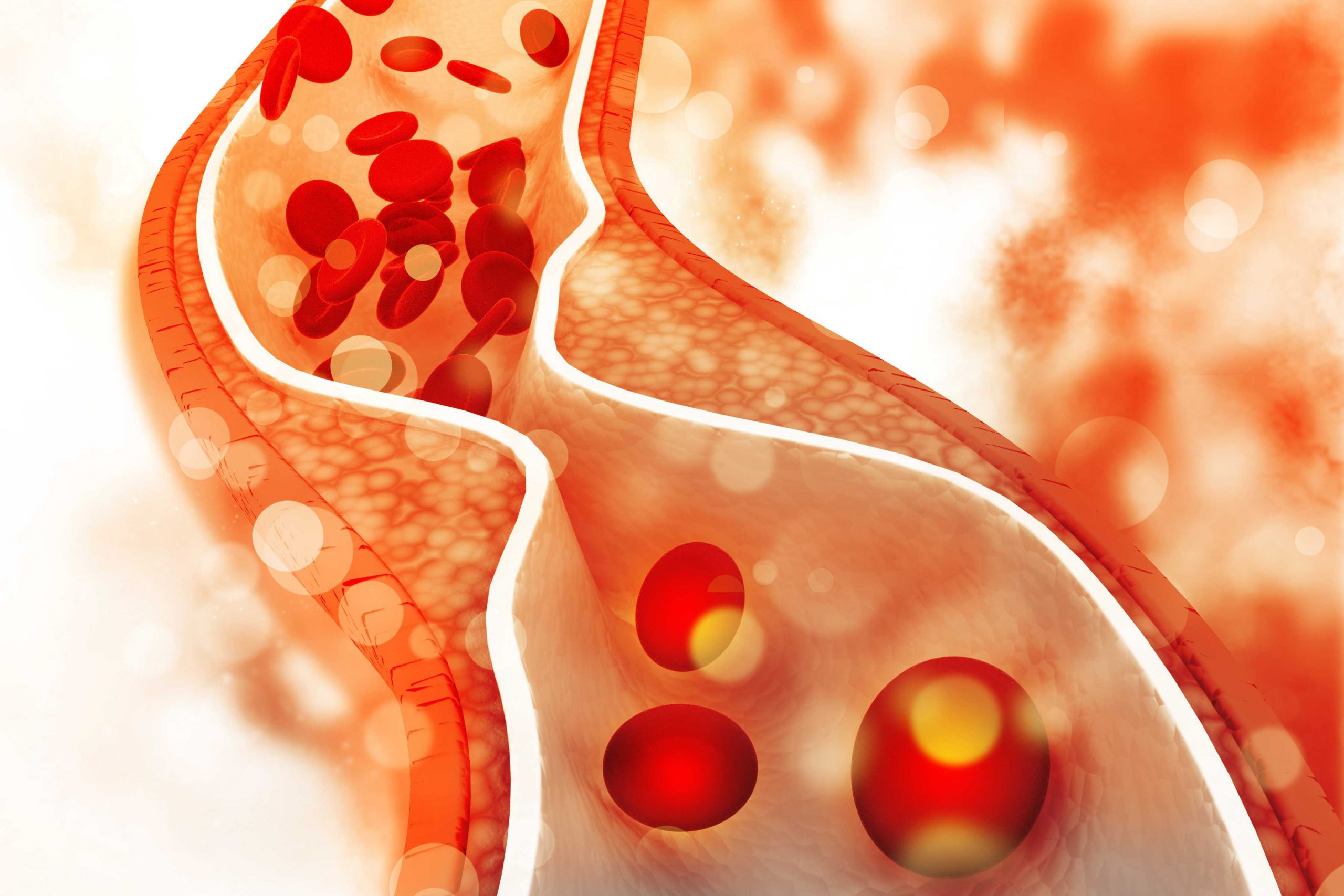Cholesterol: waxy, fat-like molecule
In our body’s cells, there is a waxy, fat-like molecule called cholesterol. Did you know that 75 percent of the cholesterol in your body is made by your body? Cholesterol is required by the body to make hormones, vitamin D, and substances that aid in food digestion. Foods derived from animals, such as cheese, meat, and egg yolks, also contain cholesterol.
Is an elevated cholesterol level bad?
Off course, it is bad. Unexpected death can result from high cholesterol. The most common cause of sudden cardiac arrest is artery blockage from cholesterol and other deposits, which reduces blood supply to the heart. Living a sedentary lifestyle, eating a lot of unhealthy food, not exercising, consuming alcohol, or smoking can all raise your blood cholesterol levels. The risk of dying from high cholesterol is further increased by chronic conditions like diabetes and high blood pressure.
Symptoms of increased bad Cholesterol
Although high cholesterol usually has no symptoms, the levels can be checked with a fast blood test. But there are indicators the body gives us to help us know when we are in the dangerously high zone.
1. A blue or purple net like pattern: Net-like pattern that appears on the skin This appears during chilly weather. It might indicate cholesterol embolization syndrome, which is a symptom of blocked arteries.
2. Psoriasis: Recent studies have found a connection between high cholesterol levels and psoriasis. It is referred to as hyperlipidemia in medical terminology.
3. Leg or foot ulcers: Leg or foot ulcers that take a long time to heal: People with high cholesterol may experience recurrence of these ulcers. This happens as a result of insufficient blood flow to the wounds.
4. Change in skin colour: Skin colour changes and increased dryness are brought on by high cholesterol levels, which may result in decreased blood flow to the skin’s surface. Skin colour changes as a result of inadequate nutrition for skin cells. Legs elevated or left standing for an extended period of time may turn purple or take on a pale colour.
5. Xanthelasma: A waxy, yellow- or orange-colored growth that appears around the corner of the eyes. This is brought on by cholesterol buildups beneath the epidermis.
6. Xanthoma: This growth resembles a xanthelasma but also appears on the hands and the back of the lower thigh. If your cholesterol is under control, getting rid of these patches will be simpler.
Symptoms might appear as early warning signals of excessive cholesterol. This is due to the fact that excessive cholesterol can go unnoticed for many years. Therefore, it’s crucial to recognize the signs of the condition so that you can act quickly to adjust your lifestyle. Eat well, stay active, and routinely check your cholesterol levels at the doctor’s office to keep them under control.
